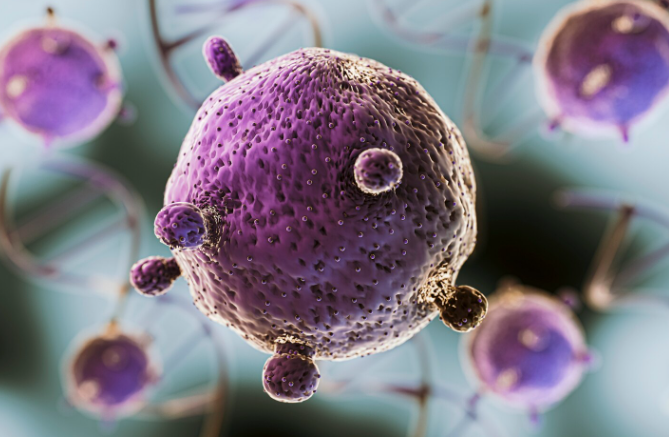Stem cell therapy has been gaining attention as a powerful tool in regenerative medicine. Yet, as with any medical innovation, it has also attracted a fair share of doubts and misconceptions. Some patients are hesitant because they fear it is “experimental,” while others believe it can cure almost anything. The truth lies between these extremes: stem cell therapy is a safe, evidence-based option when performed in the right context, but it is not a miracle solution.
This article clears up some of the most common myths and explains what patients can realistically expect.
Myth 1: Stem Cell Therapy Is Experimental and Unsafe
Many people assume stem cell therapy is still in its infancy. While research continues to expand, stem cells have been studied and applied in medicine for decades. Today, regulated medical centers use standardized protocols that ensure safety.
Reality: When carried out in certified medical facilities with trained professionals, stem cell therapy is safe. Side effects are generally mild, such as temporary soreness at the injection site. Serious risks are extremely rare when proper procedures are followed.
Myth 2: All Stem Cells Are the Same
Patients sometimes believe that “stem cells” is a generic term, but in reality, there are different types and sources:
- Autologous stem cells, taken from the patient’s own bone marrow or fat tissue.
- Allogeneic stem cells, derived from donated sources under strict controls.
Each has different applications, and your doctor will recommend the most suitable option depending on your condition.
Myth 3: Stem Cell Therapy Can Cure Everything
Stem cells are powerful, but they are not magic. They cannot “cure” every condition, nor should they be seen as a replacement for conventional medicine.
Reality: Stem cell therapy works best in specific areas where tissue regeneration is needed—such as joint pain, sports injuries, skin rejuvenation, and post-surgery recovery. For chronic illnesses outside this scope, other treatments may still be required.
In our earlier article, From Injury to Recovery: Real-Life Applications of Stem Cell Therapy, we explored practical examples of how stem cells are being successfully applied today.
Myth 4: Surgery Is Always Better Than Stem Cells
Traditional medicine often defaults to surgery for joint damage or ligament injuries. Some patients think surgery is the “definitive” solution.
Reality: While surgery is necessary in certain cases, stem cells can sometimes delay or even avoid invasive procedures by stimulating repair in damaged tissues. In Stem Cells vs. Traditional Treatments: What’s the Difference? we highlighted how regenerative therapy offers a less invasive path for many patients.
Myth 5: Results Are Immediate
Stem cells do not work like painkillers. Patients expecting instant results may be disappointed.
Reality: Regeneration takes time. Most patients notice gradual improvements over weeks to months as tissues repair and remodel. The progress is natural and sustainable, but it requires patience.
Safety Profile of Stem Cell Therapy
When performed under medical supervision, stem cell therapy is considered low-risk. Key safety factors include:
- Screening: Proper evaluation of the patient’s health and condition.
- Sterility: Ensuring that all procedures are carried out in controlled environments.
- Expertise: Administered by trained specialists with experience in regenerative medicine.
This is why choosing a certified medical center is critical.
A crucial part of safety is setting realistic expectations. Patients should understand that stem cells are a complement to health care, not a magic bullet. They can help improve mobility, reduce pain, and support healing, but lifestyle changes, rehabilitation, and conventional care often remain part of the journey.
Stem cell therapy sits at the intersection of science and innovation. It is neither experimental hype nor a universal cure. Instead, it is a growing field of medicine with well-defined applications that are helping patients live with less pain and more function.
For patients recovering from surgery, as described in The Role of Stem Cells in Post-Surgery Healing, or those seeking anti-aging benefits, as we will explore in How Stem Cell Therapy Fits Into a Holistic Health Plan, stem cells can be transformative when used appropriately.




